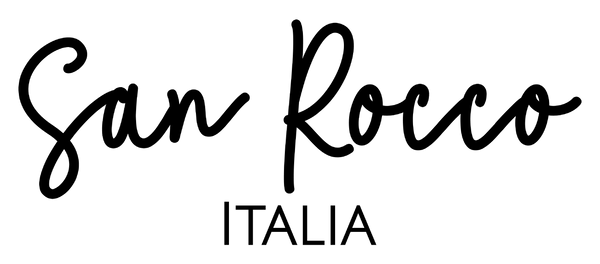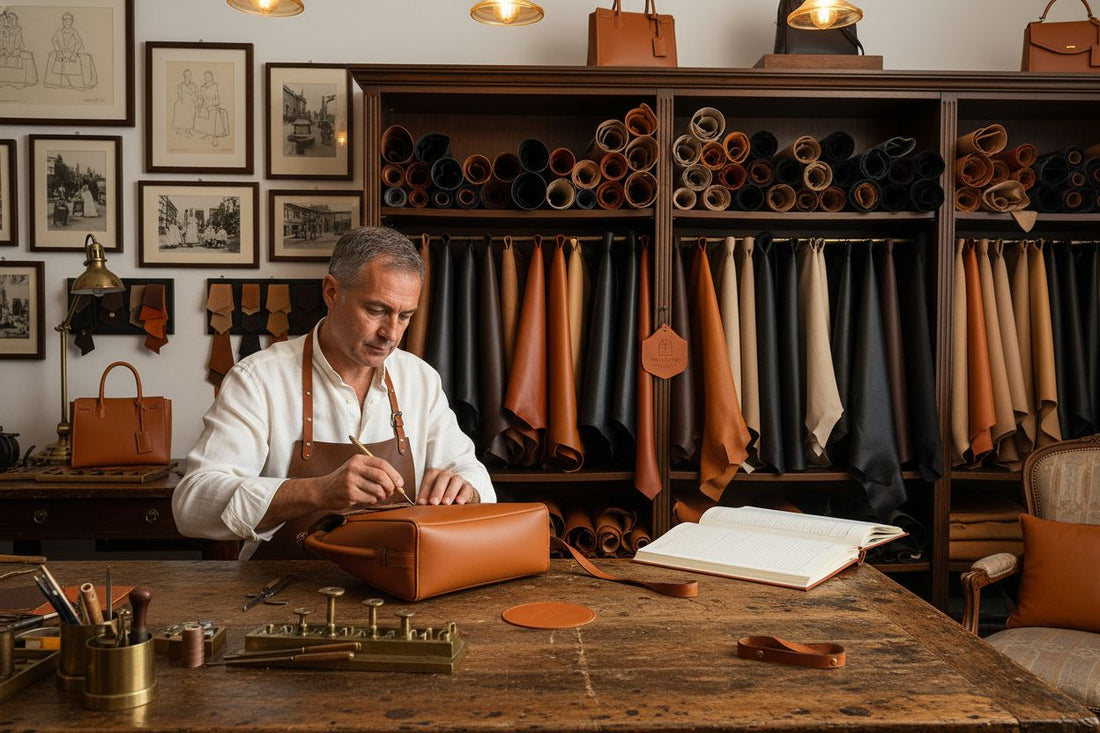
Complete Guide to What Makes a Bag Luxury
Share
Did you know that Europe holds a commanding 36 percent share of the global luxury handbag market? This dominance highlights the deep heritage and artistry behind these prestigious accessories. Many people assume that a high price or a recognizable logo defines a luxury bag, yet true distinction comes from superior craftsmanship, rare materials, and ethical production. Understanding what truly sets luxury bags apart can transform how you view, choose, and invest in these iconic pieces.
Key Takeaways
| Point | Details |
|---|---|
| Authentic Luxury Defined | True luxury bags encompass quality craftsmanship, heritage, and sustainable materials, rather than just high price or brand logos. |
| Artisanal Craftsmanship | The value of luxury handbags lies in meticulous handwork and the use of top-tier materials, elevating bags to wearable art. |
| Sustainable Practices | Ethical production and transparency in sourcing are increasingly important to consumers, reflecting a shift towards responsible luxury. |
| Investment Potential | Luxury handbags are recognizing substantial investment value, often appreciating significantly over time, similar to traditional financial assets. |
Table of Contents
- Defining Luxury Bags And Common Misconceptions
- Top-Tier Materials And Artisanal Craftsmanship
- Signature Design Elements And Brand Heritage
- Ethical Production, Authenticity, And Standards
- Investment Value, Longevity, And Market Comparisons
Defining Luxury Bags and Common Misconceptions
Luxury handbags are far more complex than their price tag suggests. Authentic luxury transcends mere brand visibility, representing a nuanced fusion of craftsmanship, heritage, and meticulous design. According to research from Precedence Research, Europe dominates the luxury handbag market with a 36% market share, symbolising the region’s deep-rooted connection to artisanal traditions and design excellence.
Common misconceptions about luxury bags often revolve around simplistic perceptions. Many consumers mistakenly believe that a high price or prominent brand logo automatically equates to luxury. However, true luxury is defined by intricate elements such as:
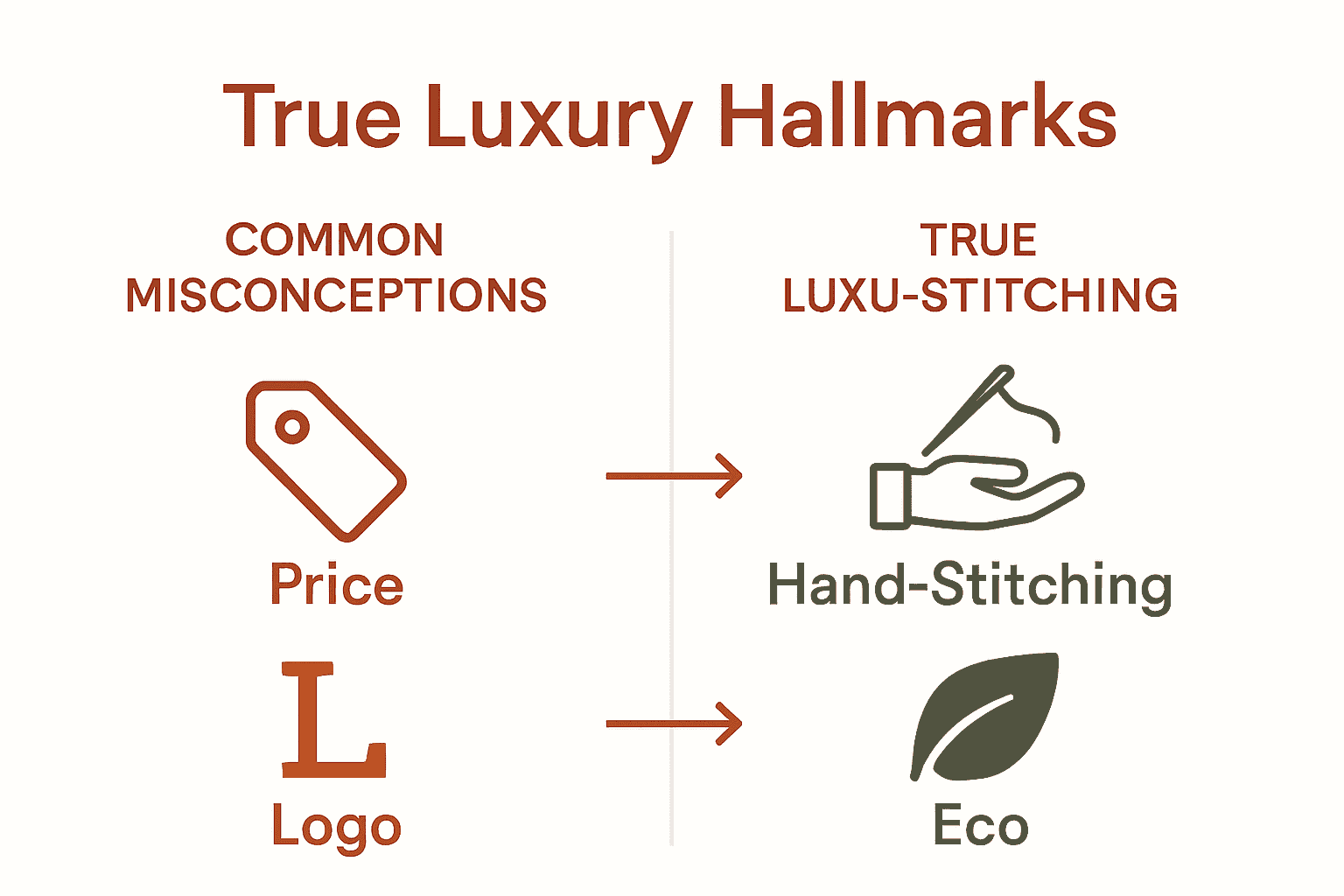
Here’s a comparison of elements that truly distinguish a luxury bag:
| Element | Common Misconception | Hallmark of True Luxury |
|---|---|---|
| Price/Logo | High price means luxury Logo as proof |
Price reflects craftsmanship Logo is secondary to quality |
| Materials | Standard leather Mass-produced fabric |
Full-grain, rare leathers Handpicked and ethical sources |
| Craftsmanship | Machine sewing | Precise hand-stitching Generational skills |
| Design Features | Trend-driven shapes Obvious branding |
Unique silhouettes Signature details |
| Ethical Standards | Overlooked | Sustainable sourcing Fair labour practices |
| Authentication | Rarely considered | Rigorous verification Provenance documentation |
- Exceptional material quality
- Precise hand-craftsmanship
- Traditional production techniques
- Unique design heritage
- Sustainable and ethical manufacturing processes
As research from Technavio highlights, European markets like France, Italy, and the UK maintain luxury prestige through rigorous authentication services and sophisticated public relations strategies. These approaches help distinguish genuine luxury from mere marketing hype, emphasising the importance of understanding a bag’s true provenance and craftsmanship.
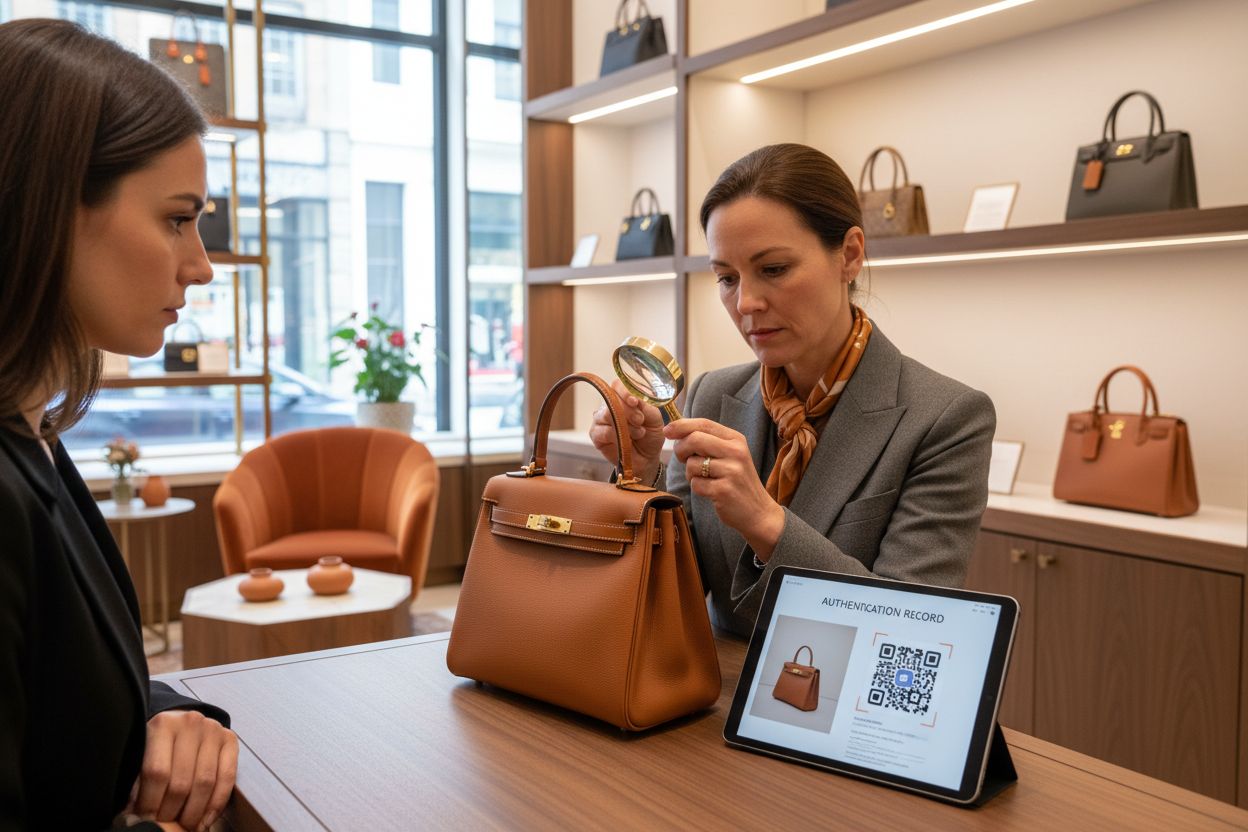
Ultimately, a luxury bag represents an investment in artistry, not just an accessory. It embodies generations of skill, cultural legacy, and meticulous attention to detail that transcends temporary fashion trends. Read more about authentic Italian craftsmanship in our luxury handbags guide.
Top-Tier Materials and Artisanal Craftsmanship
The essence of a truly luxury bag lies in its materials and the extraordinary craftsmanship behind its creation. According to Precedence Research, leather dominates the luxury handbag market, comprising 40% of the segment, with European artisans setting the global standard for exceptional quality and design.
Top-tier materials represent the foundation of luxury bag production. The most exquisite bags are crafted using:
- Full-grain leather with minimal processing
- Rare and ethically sourced hides
- Natural vegetable-tanned leathers
- Handpicked materials from premier tanneries
- Sustainable and traceable material sources
Artisanal craftsmanship elevates these materials from mere components to wearable art. As illustrated by the renowned Hermès brand, which employs around 7,000 craftsmen across 60 production sites, true luxury is about meticulous handwork and generational skills. Each stitch, cut, and finish represents hours of dedicated human expertise, transforming high-quality materials into extraordinary pieces.
Discover the intricate world of Italian handbag craftsmanship and understand how traditional techniques, passed down through generations, create bags that are not just accessories, but enduring works of art embodying cultural heritage and unparalleled skill.
Signature Design Elements and Brand Heritage
Luxury bag design transcends mere functionality, transforming into a sophisticated language of visual storytelling and cultural significance. According to Precedence Research, European heritage brands like Hermès, Louis Vuitton, and Chanel have masterfully created international design trends by developing instantly recognizable signature elements that communicate status and artistry.
Signature design elements serve as the visual DNA of luxury brands, typically encompassing:
- Distinctive hardware details
- Unique structural silhouettes
- Iconic monogram or pattern designs
- Specific color palettes
- Recognizable stitching techniques
- Proprietary material treatments
Research from Technavio underscores how brands headquartered in France, Italy, and the UK maintain their luxury appeal through continuous design innovation while preserving their historical aesthetic language. These signature elements are not merely decorative but represent a complex narrative of craftsmanship, cultural heritage, and artistic vision.
Explore the nuanced world of Italian design heritage and understand how each carefully crafted design element tells a story of tradition, innovation, and unparalleled aesthetic sophistication. A true luxury bag is more than an accessory—it’s a meticulously composed artwork that speaks volumes about its creator’s philosophy and cultural roots.
Ethical Production, Authenticity, and Standards
Luxury is no longer just about aesthetic appeal; ethical production has become a critical benchmark for discerning consumers. According to research from Industry Research, over 64% of consumers now prioritize sustainable materials, demonstrating a significant shift towards environmentally conscious luxury manufacturing.
Authenticity in luxury handbags encompasses multiple critical dimensions:
- Transparent supply chain practices
- Sustainable material sourcing
- Fair labor practices
- Environmentally responsible production
- Minimal ecological footprint
- Traceable manufacturing processes
Technological innovations are revolutionizing authenticity verification. Cutting-edge deep-learning computer-vision methods can now distinguish genuine luxury items from counterfeits with up to 99.7% accuracy. Approximately 19% of luxury brands are adopting blockchain systems to address counterfeiting concerns, providing consumers with unprecedented transparency and confidence in their purchases.
Explore our commitment to ethical Italian craftsmanship and discover how true luxury transcends mere appearance, representing a holistic approach to design that respects both artisanal tradition and contemporary ethical standards. A genuine luxury bag is not just a product—it’s a statement of values, crafted with integrity, skill, and profound respect for both human and environmental well-being.
Investment Value, Longevity, and Market Comparisons
Luxury handbags have transformed from mere fashion accessories to sophisticated financial assets with remarkable investment potential. According to Business Insider, certain iconic models like the Louis Vuitton Speedy, Chanel Flap Bag, and Hermès Evelyne are now considered ‘capital in the closet’ in Central European markets, where second-hand luxury markets are particularly robust.
Key factors determining a luxury bag’s investment value include:
- Rarity of design
- Brand heritage
- Condition of preservation
- Limited edition status
- Historical market performance
- Provenance documentation
Research from the New York Post reveals extraordinary investment potential, with Hermès Birkin bags frequently doubling in value within five to ten years—sometimes even outperforming traditional investment vehicles like gold. This appreciation is driven by strategic supply scarcity and consistent high demand in luxury markets.
Discover how Italian craftsmanship contributes to long-term value and understand that a truly exceptional luxury bag is more than an accessory—it’s a carefully curated investment that combines aesthetic beauty with potential financial appreciation. The most intelligent luxury purchases are those that marry exquisite design with enduring market desirability.
Experience True Italian Luxury with Confidence
If you have ever worried that a high price or a flashy logo might not guarantee genuine luxury, you are not alone. Many readers of our complete guide seek handbags that truly reflect artistry, heritage, and long-term value. At San Rocco Italia, you will discover pieces crafted from full-grain leather using traditional Italian techniques, answering the demand for authenticity, fine materials, and ethical production described in the article. Every handbag tells a story of generational skill and unmistakable quality.
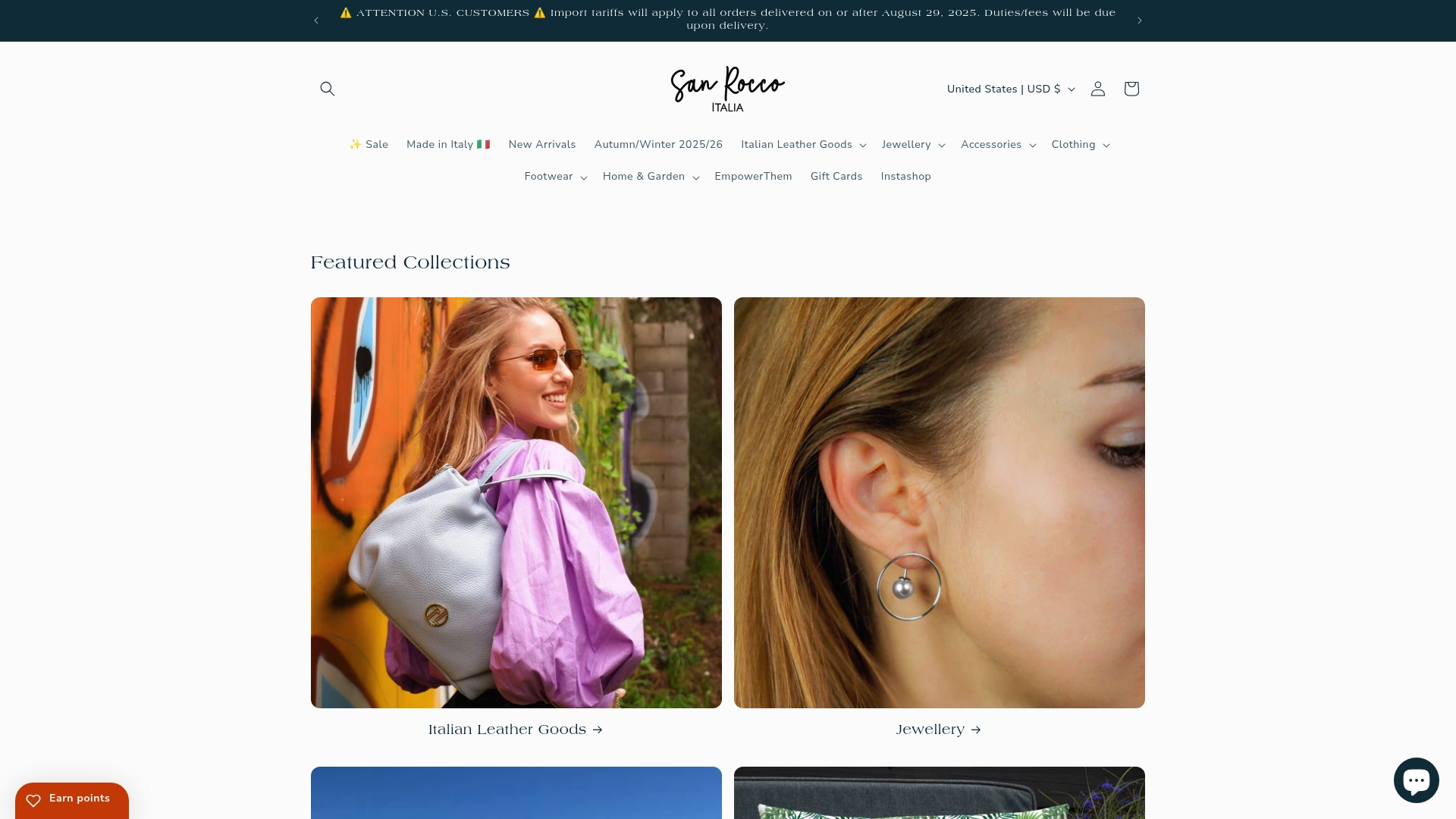
Ready to invest in craftsmanship that goes beyond trends? Browse our elegant collection of Italian handbags and see how true luxury feels in your hands. Each piece is carefully selected for authenticity and enduring appeal. Do not miss out on the next addition to your legacy collection. Visit San Rocco Italia today and explore more about our commitment to Italian craftsmanship. Elevate your style with confidence and discover the real meaning of luxury now.
Frequently Asked Questions
What defines a luxury bag?
A luxury bag is defined by elements such as exceptional material quality, artisanal craftsmanship, traditional production techniques, unique design elements, and sustainable manufacturing practices. It represents an investment in artistry rather than just a fashion accessory.
What materials are used in luxury bags?
Luxury bags are typically crafted from top-tier materials such as full-grain leather, rare hides, and natural vegetable-tanned leathers. These materials are carefully selected for their quality and ethical sourcing.
How does craftsmanship impact the value of a luxury bag?
Craftsmanship plays a crucial role in determining the value of a luxury bag. High-quality bags often feature precise hand-stitching and generational skills, transforming premium materials into unique pieces of wearable art.
What should consumers know about the ethics of luxury handbag production?
Consumers should be aware that ethical production practices are essential in the luxury market. Look for transparency in supply chains, sustainable material sourcing, and fair labor practices to ensure that the bag aligns with your values.

